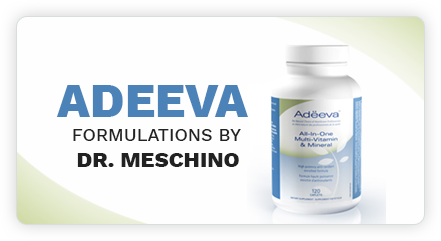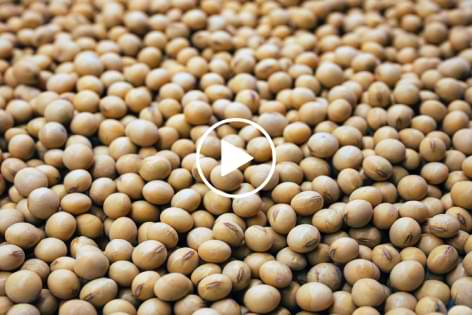
LMU 98 – Unveiling the Shield: A French Study Redefines Cancer Prevention through Nutrition and Lifestyle
Source: American Association for Cancer Research journal (July 2018)
Lifestyle Medicine Update (August 3, 2018)
Introduction
In the ever-evolving landscape of cancer prevention, a pivotal French study surfaced in July 2018, capturing attention with its revelations. Published in the prestigious American Association for Cancer Research journal, this research probed the intricate interplay between nutrition, lifestyle, and cancer risk. Against the backdrop of rising cancer incidences, this study embarked on a journey to decipher the impact of adhering to dietary recommendations on cancer prevention.
A Panoramic Gaze: The Scope of the Study
With a canvas spanning 41,543 participants aged 40 and above, residing in France, this study weaved a narrative of cancer prevention. Their collective tapestry held a common thread—they had not encountered the spectre of cancer before the study’s initiation. As these individuals journeyed through almost eight years, from May 2009 to January 2017, their dietary choices and lifestyles underwent scrutiny. In this span, 488 breast cancers, 222 prostate cancers, and 118 colorectal cancer cases emerged—a backdrop against which the story of cancer prevention would be painted.
A Beacon of Health: Guided by the American Institute for Cancer Research
The heart of this study lay in contrasting the outcomes of diverse dietary programs with the recommendations championed by the American Institute for Cancer Research. Amid the contenders were renowned regimes—the Mediterranean Diet, the Alternate Healthy Eating Index, and the French Nutrition and Health Program. As the findings unfurled, a beacon of insight emerged—those who embraced the American Institute for Cancer Research’s guidelines reaped the most promising cancer prevention outcomes. This revelation illuminated the path to shielding against the incursions of cancer.
Statistics Unveiled: The Power of a Point
Quantifying the impact, the study’s architects uncovered a staggering correlation. For each incremental rise of one point in the American Institute for Cancer Research score, an astonishing 12% decrease in overall cancer risk danced to the fore. Delving deeper, the intricate dance of statistics heralded a 14% drop in breast cancer risk and a parallel 12% dip in prostate cancer risk. The thread of prevention intertwined with every digit, weaving a mosaic of hope.
A Symphony of Seven: The Nutritional Commandments
Within the study’s embrace lay the American Institute for Cancer Research’s seven nutritional and lifestyle commandments, echoing with resonance. These directives sculpted the roadmap to cancer resilience, entwining health and prevention:
- Remain at a healthy weight
- Be physically active
- Eat a diet rich in whole grains, vegetables, fruits, and beans
- Limit consumption of fast foods and other processed foods high in fat, starches, or sugars
- Limit consumption of red meat and processed meat
- Limit consumption of sugar-sweetened drinks
- Limit alcohol consumption
Dismantling a Common Elixir: Alcohol and Cancer
A spotlight shone on the role of alcohol—a common elixir embraced under the aegis of health. However, as researchers unravelled the tapestry of risk, a startling truth emerged. The reduction of cancer risk among adherents of the American Institute for Cancer Research’s guidelines stemmed, in part, from avoiding alcohol. Recent research cascaded with harmony—alcohol stood implicated in various cancers, shattering the illusion of a benign elixir. With the echoes of World Cancer Research Fund (WCRF) resonating, the symphony bore witness to the link between alcohol and cancers of the oropharynx, esophagus, liver, colorectal, post-menopausal breast, stomach, premenopausal breast, and prostate.
A Mosaic of Protection: The Study’s Conclusion
From the depths of data emerged a mosaic of protection. The findings etched a narrative that transcended dietary regimes and embraced holistic health. A diet weaved with healthy eating, physical activity, and the avoidance of alcohol emerged as a formidable arsenal against cancer risk. The symphony of resilience resonated—breast, prostate, and colorectal cancers confronted a tapestry of prevention woven from nutritional threads.
A Vision for the Future: The Power of Adherence
In the broader canvas of developed nations, the World Cancer Research Fund/American Institute for Cancer Research (WCRF/AICR) crafted an estimate—a future where 35% of breast cancers and 45% of colorectal cancers could be thwarted through unwavering adherence to prudent nutritional recommendations. Amid these numerical marvels, the beacon of the seven recommendations illuminated the path to a future marred by fewer cancer diagnoses.
Conclusion: An Overture of Hope
As the pages of the study beckon us to delve into its revelations, a symphony of hope unfurls. The French study’s journey through nutrition, lifestyle, and cancer prevention reaffirms the power we hold within our choices. Each morsel of nutrition, each step of exercise, each decision to abstain—all coalesce into an overture of hope against cancer’s pervasive shadow.
References
- Céline Lavalette et al. (2018). Cancer-Specific and General Nutritional Scores and Cancer Risk: Results from the Prospective NutriNet-Santé Cohort. Cancer Research. [Link] (http://cancerres.aacrjournals.org/content/78/15/4427)
- American Institute for Cancer Research. Recommendations to Prevent Cancer. [Link] (http://www.aicr.org/reduce-your-cancer-risk/recommendations-for-cancer-prevention/)
Eat Smart, Live Well, Look Great,
Dr. Meschino

Dr. James Meschino
ABOUT THE AUTHOR
Dr. James Meschino, DC, MS, ROHP, is an educator, author, and researcher having lectured to thousands of healthcare professionals across North America. He holds a Master’s Degree in Science with specialties in human nutrition and biology and is recognized as an expert in the field of nutrition, anti-aging, fitness, and wellness as well as the author of numerous books.











